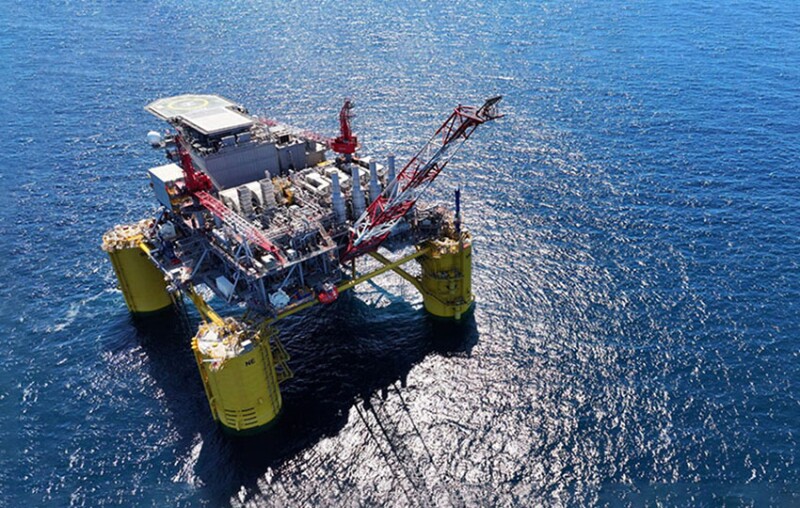Subsea7 won the contract to transport and install Shell’s Sparta floating production semisubmersible off the coast of Louisiana.
In its 4 April announcement, the company said that it would immediately begin project management and engineering activities at its Houston office, and that offshore activities were expected to begin in 2027. The work is valued at between $50 million and $150 million.
The Sparta production unit is slated for installation in Garden Banks Block 959 in water depths of up to 5,365 ft in the Gulf of Mexico.
Shell sanctioned the Sparta project in December 2023, and production is expected to start in 2028. Shell’s plan for the Sparta development calls for eight subsea production wells and two subsea drilling bases connected to the semisubmersible. The project targets a recoverable resource volume of 244 million BOE.
In February 2024, Shell awarded TechnipFMC a contract valued at between $250 million and $500 million to manufacture and install subsea production systems, umbilicals, risers, and flowlines rated to 20K for the development.
In January 2024, Seatrium confirmed it would construct and integrate the hull, topsides, and living quarters of the Sparta semisubmersible FPU following an August 2023 letter of intent.
Sembcorp Marine originally won similar contracts for Vito and Whale; the fabrication company later acquired Keppel Offshore & Marine and rebranded as Seatrium.
In 2023, contractor Worley won the contract for engineering, design, procurement support, construction, and commissioning support for the Sparta front-end engineering design, detailed design, and follow-on phases of the project.
Lather, Rinse, Repeat
The Sparta production unit closely replicates the units at Shell’s Vito and Whale fields, which started production in February 2023 in the greater Mars Corridor and January 2025 in the Perdido Corridor, respectively.
On announcing final investment decision for Sparta, the supermajor said the approach was an enhanced replication of the two previous projects. Sparta replicates about 95% of Whale’s hull and about 85% of its topsides, with most differences related to learnings from Vito and Whale and continuous improvement.
Shell refers to the replicant approach as “design one, build two.” Whale replicated 99% of the hull design and 80% of the topsides from Vito.
Two differences between Whale and Sparta are the use of 20,000-psi-rated equipment and the all-electric topsides compressors on Sparta.
The Sparta field, formerly referred to as North Platte, was originally discovered in 2012 by Cobalt Energy and Total, but developing the find required 20K-psi technology. Equinor bought Cobalt’s stake in 2017 and became sole owner of the project in 2022 after TotalEnergies left the project. In August 2022, Shell purchased a majority operating stake in the Wilcox-aged field from Equinor and the partners renamed the field Sparta.
Shell operates Sparta with 51% interest on behalf of Equinor with 49% interest.


